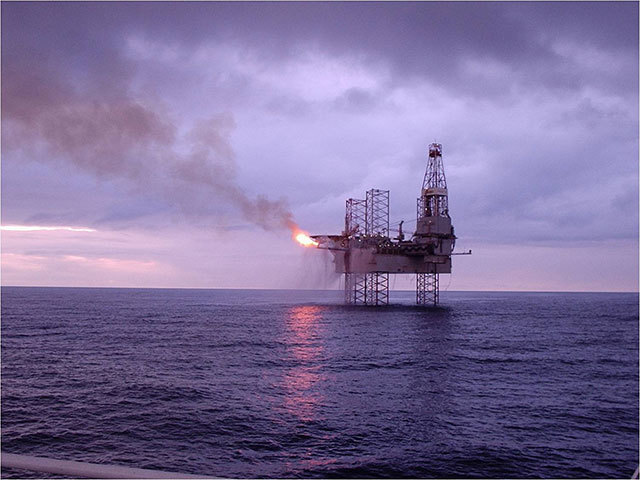
A strong North Sea performance saw Premier Oil’s cash flow rise for the first half of the year.
The firm reported an operating cash flow of $510million – up from last year’s $499.4million.
Chairman Mike Welton said: “The UK delivered a strong production performance while at the same time operating costs have been reduced significantly, helped by the disposal of the high-cost Scott area in 2014.”
Premier UK managed to reduce operating costs from $35/boe to $29/boe.
Despite restricted production for the first quarter of the year, Premier’s Huntington field’s facilities production uptime in the last four months exceeded 90%. The asset averaged 6.2kboepd for the first six months.
The firm confirmed its Solan project was still in line for first production in the final quarter of this year.
“Offshore productivity has improved markedly on our operated Solan project and we now have increased confidence around our targeted fourth quarter first oil date,” Welton said.
“Development drilling and subsea installation work has commenced on schedule for our Catcher project. While progress in the construction of the FPSO hull has been slower than planned, our team, together with our FPSO contractor BW Offshore, are putting in place the appropriate mitigating actions. The project remains on track to come on-stream in 2017.”
Heightened cost pressures had forced to industry to reset its price strategy, according to the company leader.
He said: “Considerable volatility in the oil markets persisted in the first half. This has been driven by a number of factors, including US unconventional and OPEC production holding firm, the anticipated return of Iran to the global oil market and concerns around Chinese economic growth.
“While it is generally agreed that the oil price will eventually recover from current levels, as supply is impacted by the significant reduction in capital investment today, a longer period of lower oil prices is now forecast by most. Consequently, the first half has seen the industry focus on re-setting its cost base and adjusting its expenditure plans in order to withstand such an environment.
“For our part, we have continued to capture sustainable savings in our operating costs, to defer discretionary capex and to actively manage our portfolio.
“The weakness in the oil price post period-end serves as an important reminder that we must sustain these efforts. We remain focused on managing our balance sheet while achieving the highest level of operational and safety performance and maintaining optionality in the portfolio for future growth.”
A “weakened” backlog of work for service firms has seen Premier reconsider development plans.
Earlier this year, the firm delayed the submission of its development plan for its Norwegian Vette project. The firm has since re-engaged with the supply chain in a bid to drive costs down.
Welton added: “The exploration team have been preparing for the drilling of the Myrhauk well, which spudded post period-end.”
Overall production for the firm averaged 60.4kboepd – a slight decrease on last year’s 64.9kboepd.
Chief executive Tony Durrant added: “First half operating cash flows increased year-on-year driven by reliable production, our hedging programme and operating cost savings of 30%.
“With Solan on-stream later this year and Catcher in 2017, we expect both growing production and reduced debt levels.
“Amended financial covenants announced today provide balance sheet flexibility and demonstrate the on-going support of our capital providers. With the optionality in our portfolio, we are well placed for growth in a stronger oil price environment.”
Recommended for you
